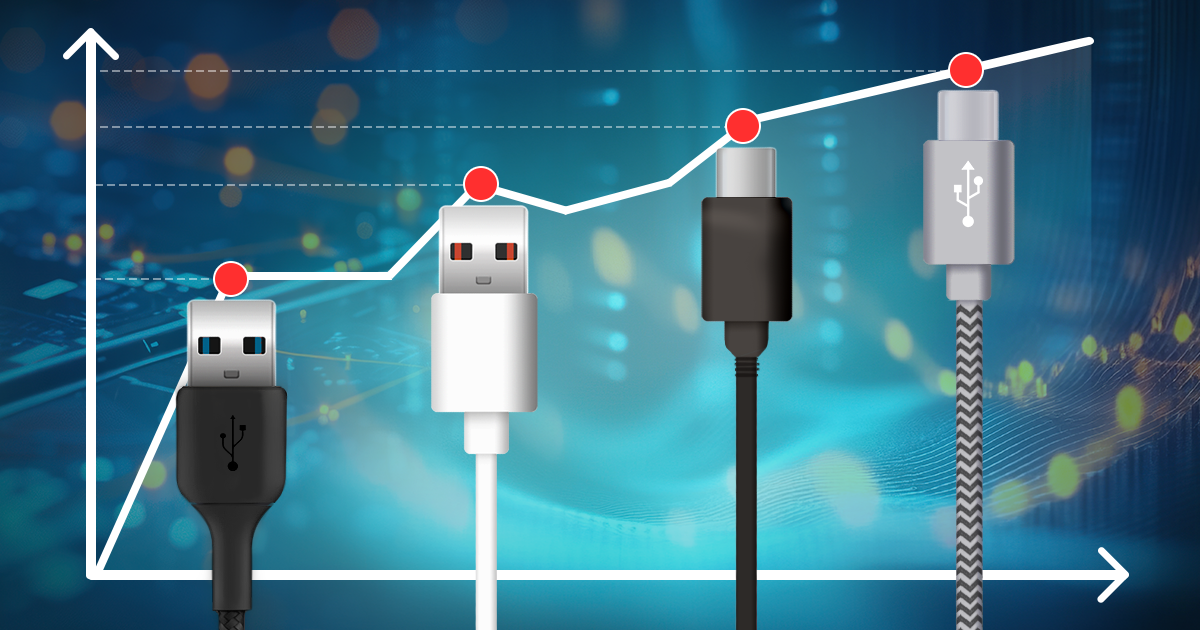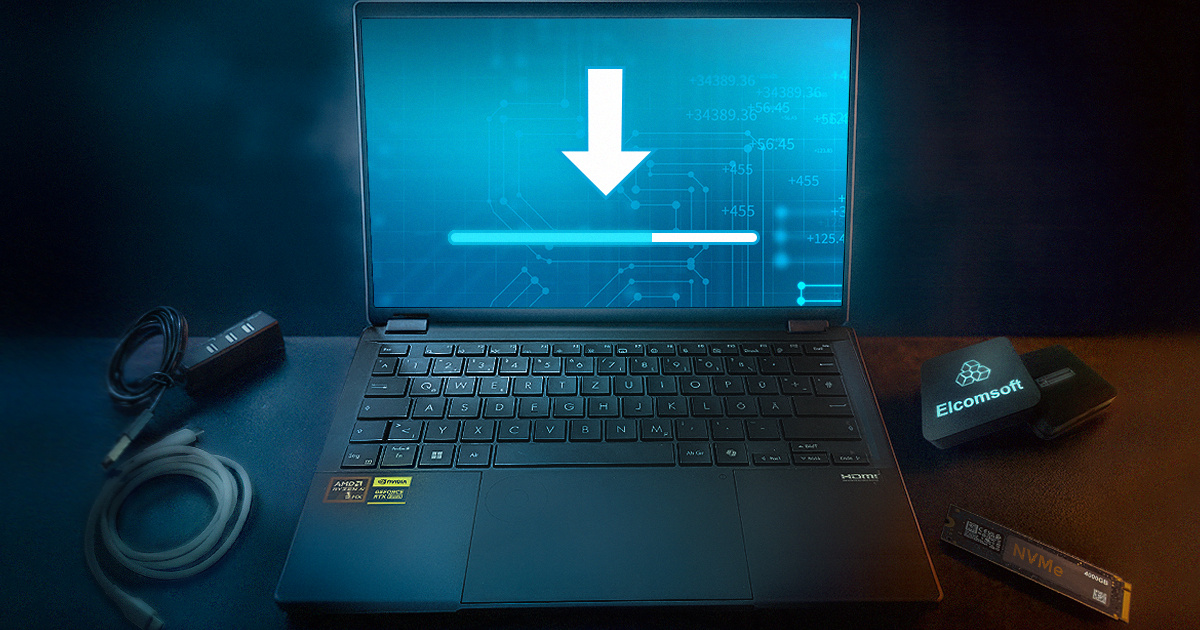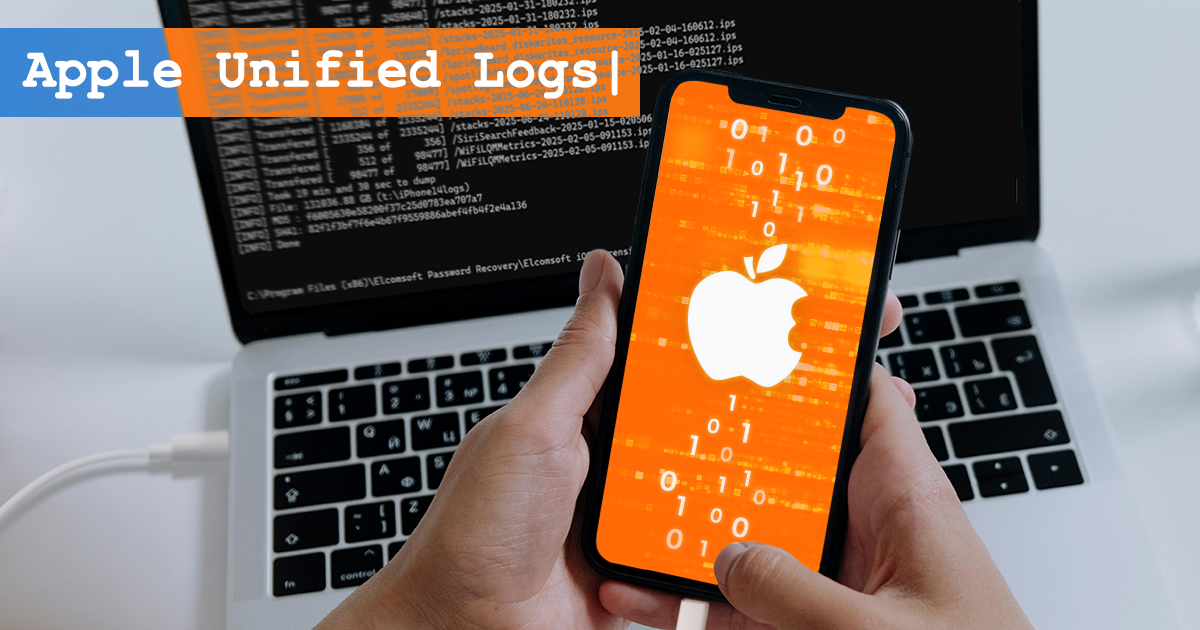Good news: Apple has officially responded.
iCloud sync is everywhere. Your contacts and calendars, system backups and photos can be stored in the cloud on Apple servers. This time, we discovered that yet another piece of data is stored in the cloud for no apparent reason. Using an iPhone and have an active iCloud account? Your calls will sync with iCloud whether you want it or not. In fact, most users we’ve heard from don’t want this “feature”, yet Apple has no official way to turn off this behavior other than telling people “not using the same Apple ID on different devices”. What’s up with that? Let’s try to find out.
We discovered a major security flaw in the iOS 10 backup protection mechanism. This security flaw allowed us developing a new attack that is able to bypass certain security checks when enumerating passwords protecting local (iTunes) backups made by iOS 10 devices.
FileVault 2 is a whole-disk encryption scheme used in Apple’s Mac OS X using secure XTS-AES encryption to protect the startup partition. Brute-forcing your way into a crypto container protected with a 256-bit key is a dead end.
Releasing a major update of a complex forensic tool is always tough. New data locations and formats, new protocols and APIs require an extensive amount of research. Sometimes, we discover things that surprise us. Researching Apple’s iCloud Photo Library (to be integrated into Elcomsoft Phone Breaker 6.0) led to a particularly big surprise. We discovered that Apple keeps holding on to the photos you stored in iCloud Photo Library and then deleted, keeping “deleted” images for much longer than the advertised 30 days without telling anyone. Elcomsoft Phone Breaker 6.0 becomes the first tool on the market to gain access to deleted images going back past 30 days.
For many months, a working jailbreak was not available for current versions of iOS. In the end of July, Pangu released public jailbreak for iOS 9.2-9.3.3. A few days ago, Apple patched the exploit and started seeding iOS 9.3.4. This was the shortest-living jailbreak in history.
Two-step verification and two-factor authentication both aim to help users secure their Apple ID, adding a secondary authentication factor to strengthen security. While Apple ID and password are “something you know”, two-step verification (and two-factor authentication) are both based on “something you have”.
BitLocker is a popular full-disk encryption scheme employed in all versions of Windows (but not in every edition) since Windows Vista. BitLocker is used to protect stationary and removable volumes against outside attacks. Since Windows 8, BitLocker is activated by default on compatible devices if the administrative account logs in with Microsoft Account credentials. BitLocker protection is extremely robust, becoming a real roadblock for digital forensics.
BitLocker, EDPR, EFDD, Elcomsoft Distributed Password Recovery, Elcomsoft Forensic Disk Decryptor, Elcomsoft System Recovery, ESR, Microsoft Account, TPM, Windows 10, XTS-AES


